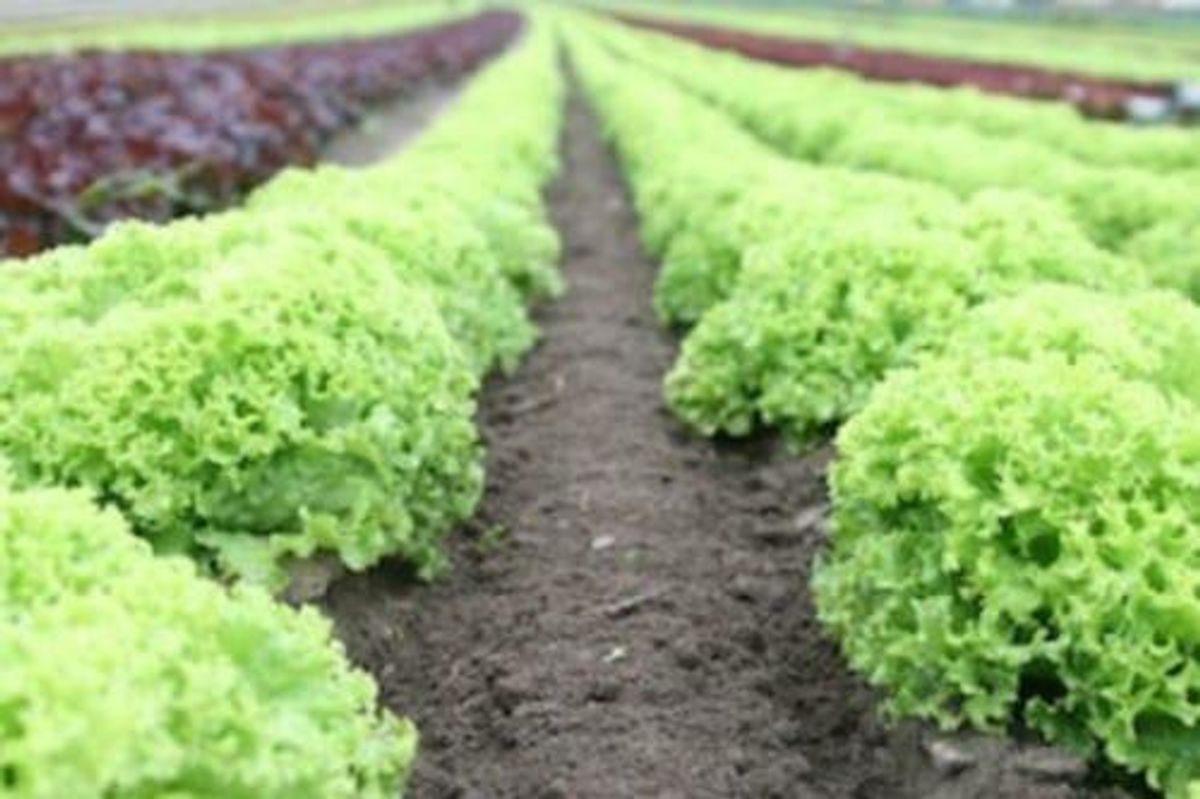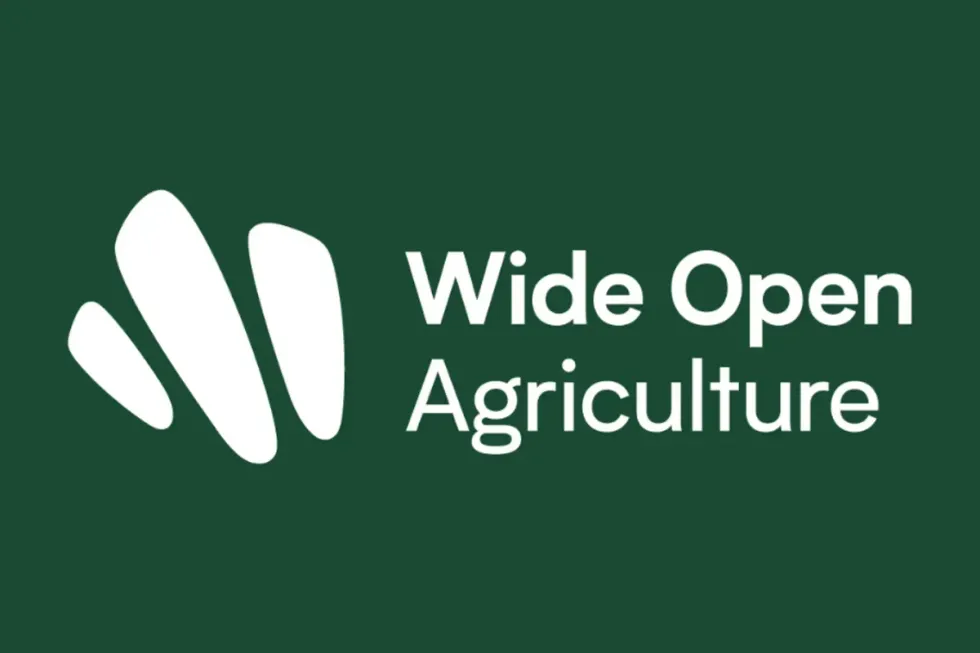
What are the ways to invest in agriculture? Traders should be aware of global economics, food demand and investment vehicles.
Investing in the agriculture sector is nothing new, and unsurprisingly there are many ways to invest in agriculture. In fact, commodities trading got its start in agriculture futures, providing contracts that allowed farmers to offset losses in crop yields.
Today, the agriculture sector is global in scale, and is a compelling market for many investors, particularly those concerned about food security. However, the space has many moving parts and stakeholders, and there are numerous options for investors who are interested in agribusiness.
When getting into the market, it’s important to consider as many of these factors as possible. Read on for a brief overview of a few key points to keep in mind if you’re looking to invest in agriculture.
Ways to invest in agriculture: How to invest
As mentioned, there are many stakeholders in the agriculture sector, from crop growers to fertilizer producers to farming equipment providers. Before jumping into agriculture investing, market watchers should know who these players are and what roles they have in the industry.
- Stages of the agricultural process — Suppliers, crop growers and distributors are just a few groups that contribute to the overall agricultural process. They are directly involved in yielding crops, and recognizing how they work together can help investors pinpoint opportunities and issues in the market. Of course, there are also large companies that have vertically integrated these processes, controlling their own supply, production and distribution networks.
- Indirect agribusinesses — The agriculture sector requires many agribusinesses outside of the production process to deliver products. These companies generate much of their revenue indirectly from agriculture. Farming equipment, surveying services and technology upgrades are just a few areas that are indirectly involved in driving the sector.
- Diverse commodities — Commodities such as potash, phosphate and livestock can all be considered separately when making investment choices. Tracking the performance of these commodities can help investors gauge the health of the market — the effects of a drastic change in price, demand or supply will be felt by companies across the sector.
Ways to invest in agriculture: Investment vehicles
Once you’ve decided which part of the agricultural value chain to invest in, you’ll need to choose how to do it. Vehicles like futures, stocks and exchange-traded funds (ETFs) are all popular options.
The futures market is the most tried-and-true method of the three, and offers an easy way for investors to play price changes in agricultural commodities. However, Investopedia notes that futures contracts may be a little intimidating for beginners and suggests that those interested in going this route should study historical price movements and learn about the market.
When it comes to investing in agricultural stocks, there are plenty of choices. Investors can consider companies ranging from smaller niche service providers to large, consolidated companies with global reach. Companies focused on commodities like potash and phosphate are also an option.
Click to read our overviews of ASX-listed potash stocks and TSX- and TSXV-listed potash stocks; if you’re interested in phosphate, we also have a list of phosphate stocks that trade on various exchanges.
Then there is the option to invest in ETFs. Agriculture ETFs are made up of either a collection of agricultural stocks or a collection of futures contracts that are commodity specific. They are a strong option as they provide diversification and help lower investment risks.
Ways to invest in agriculture: Future growth
Agriculture as a sector is often considered recession proof — people still have to eat during economically difficult times. What’s more, the global population is projected to increase to 10 billion by 2057. That, coupled with urbanization and a shrinking amount of arable land per person, makes agriculture investing especially opportune as food production will need to rise to meet the world’s food demands.
Investing in agriculture can also have a strong impact in areas that are facing food shortages or economic hardship. The Food and Agriculture Organization of the United Nations, a group whose main focus is achieving global food security and eliminating hunger and poverty, believes that agricultural investment is one of the most important and effective strategies for both economic growth and poverty reduction.
This is an updated version of an article first published by the Investing News Network in 2017.
Don’t forget to follow @INN_Resource for real-time news updates!
Securities Disclosure: I, Melissa Pistilli, hold no direct investment interest in any company mentioned in this article.




